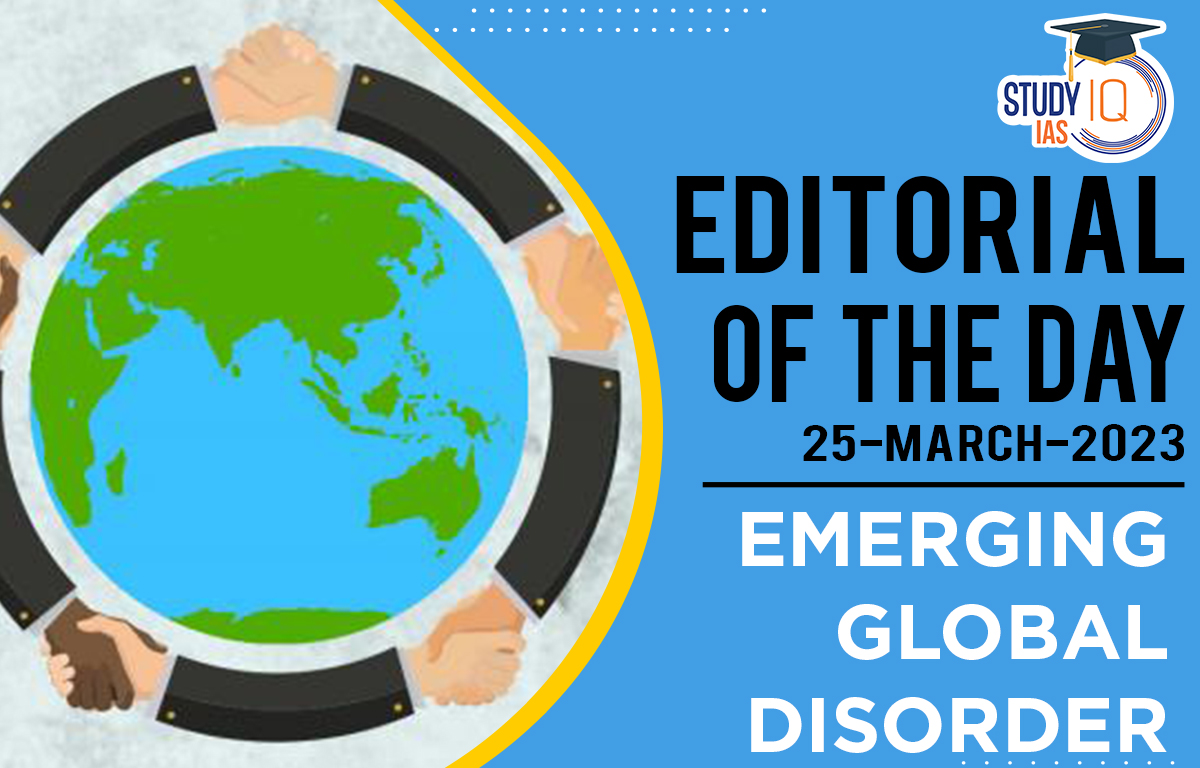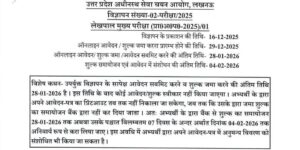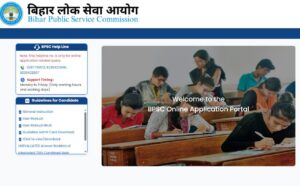Table of Contents
Context: Tension in Indo-Pacific and Russia-Ukraine conflict are symptoms of an emerging global disorder. India is committed to rejecting the authoritarian and coercive world order that China promotes.
Emerging Global Disorder Background
- The post-War world order:
- It was primarily about “sovereign inter-state relations and a relatively open global economy, characterised by practices of inclusive, rule-bound multilateralism”.
- Concepts like democracy, liberalism and human rights were added to this discourse.
- Indo-Pacific:
- Former Japanese Prime Minister Shinzo Abe fathered the phrase Indo-Pacific, in his 2006 address to the Indian Parliament saying that the two oceans are “bringing about a dynamic coupling as seas of freedom and prosperity”.
- In 2012, he emphasised “peace, stability, and freedom of navigation” and birthed the concept of “free and open Indo-Pacific” (FOIP).
- Russia’s war with Ukraine and China’s support for Russia intends to undermine the existing liberal global order and replace it with a more hegemonic and less liberal order dominated by itself.

Decoding the Editorial: Emerging Disruptions
- China’s disruption:
- China was one of the beneficiaries of the post-war world order. Its entry into the WTO in 2001 was premised on the commitment that it would adhere to the core principles of this world order. However, as it grew in strength, it started to challenge that order in the name of rejecting what it calls the US-led world order
- China has been accused of colonising the Indo-Pacific region. It disregarded sovereign national boundaries in the name of historical claims and disputed the mandates of international agencies.
- Russia’s war in Ukraine:
- It is the most disruptive conflict that Europe has seen since 1945.
- West sees the war as a choice by Russia where as Russia states that NATO’s 2008 decision in favour of eventual Ukrainian membership brought an existential threat to Russia’s borders.

Strategy in the Indo-Pacific:
- India’s Indo-Pacific strategy: The annual Shangri-La Dialogue in Singapore in 2018 unveiled India’s strategy of –
- Freedom of navigation and open sea-lines
- Inclusivity and ASEAN centrality
- Japan’s Indo-Pacific strategy:
- To promote a free and open Indo-Pacific (FOIP), and it will be the defining feature of the new global order;
- To curb China’s growing regional assertiveness;
- To promote India as critical to dismantling the Sino-centric order. As the world’s largest democracy, its commitment to freedom, human rights and peace also are above board. It contributed significantly to upholding multilateralism through the UN and allied institutions.
- Learning curve:
- Upholding India’s principle of strategic autonomy is important to ensure that the Global South has a significant role in shaping the 21st-century world order.
- Rejection of the widespread Western belief in the universality of the West’s values as it will only further antagonise other civilisations.
- Indo-Pacific conflict cannot be viewed apart from the ongoing conflict in the Eurasian region. Both are symptoms of an emerging global order in which traditional superpowers are diminishing in influence and newly emerged powers are throwing their weight around in an ominous manner.

Beyond the Editorial: Interpretation of the Indo Pacific
- The Indian version:
- It views the Indo-Pacific as a strategic interconnection with regard to the common opportunities and common challenges shared by the Indian Ocean and the Pacific Ocean.
- The US version:
- It is different from the Indian version as it excludes any country which doesn’t abide by certain rules.
- It extends from the Pacific shores of America to the Bay of Bengal only, while the Indian version includes the area up to the shores of Eastern Africa.
- The ASEAN version:
- It focuses on a model based on consociation, unlike the rules based order prescribed by the US and to some extent by India as well.
- Consociation refers to a political system formed by the cooperation of different and opposing social groups on the basis of power sharing, including China.
- India emphasises on the major role of ASEAN in the securitisation of the Indo-Pacific with respect to the policy of Act East.
- ASEAN also seems to realise the need for India to balance China, particularly in the backdrop of US withdrawal from international alliances.
- China’s version: China says that there is no such concept as Indo-Pacific, which it claims was created by the United States to bring in countries such as India to contain China.
- China opposes the inclusion of countries such as India and France under the Indo-Pacific umbrella, as it promotes cold war mentality.
- China still prefers to use the term Asia-Pacific to refer to the region.


 UP Lekhpal Notification 2025 Out: Apply ...
UP Lekhpal Notification 2025 Out: Apply ...
 List of National Parks in India 2025, Ch...
List of National Parks in India 2025, Ch...
 Bihar BPSC 70th Mains Result 2025 Out: C...
Bihar BPSC 70th Mains Result 2025 Out: C...

























